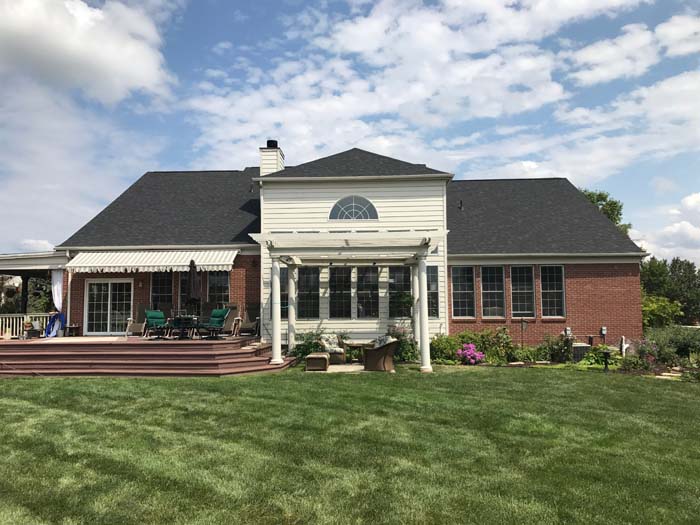Your roof is a vital part of your home’s structure, providing protection from the elements and ensuring the safety and comfort of your family. However, there are many misconceptions and myths surrounding roofing that can lead to confusion and misinformation among homeowners. In this article, we’ll debunk some of the most common roofing myths and provide accurate information to help you make informed decisions about your roof.
Myth 1: Roofing Inspections Are Only Necessary After Severe Weather
Fact: While severe weather events like storms and hurricanes can cause visible damage to your roof, regular inspections are essential for identifying and addressing potential issues before they escalate into major problems. It’s recommended to schedule a professional roof inspection at least once a year, preferably in the spring or fall, to assess the condition of your roof and address any maintenance or repair needs proactively. Additionally, regular inspections can help extend the lifespan of your roof and prevent costly repairs down the line.
Myth 2: A New Roof Will Always Fix Leaks
Fact: While installing a new roof can address existing leaks and prevent future ones, it’s not a guarantee that all leaks will be resolved. Leaks can occur due to various factors, including improper installation, poor ventilation, flashing defects, and underlying structural issues. Before investing in a new roof, it’s essential to have a thorough inspection by a qualified roofing contractor to identify the root cause of the leaks and ensure that the underlying issues are addressed appropriately.
Myth 3: Roofing Repairs Are Always Expensive
Fact: While roofing repairs can be costly, especially for significant issues like structural damage or extensive leaks, not all repairs come with a hefty price tag. Minor repairs, such as replacing a few missing shingles or repairing a small leak, can often be addressed quickly and affordably by a qualified roofing contractor. Additionally, investing in regular roof maintenance and inspections can help identify potential issues early on and prevent them from escalating into costly repairs in the future.
Myth 4: All Roofing Materials Are the Same
Fact: There is a wide variety of roofing materials available on the market, each with its own unique characteristics, advantages, and disadvantages. Asphalt shingles, metal roofing, wood shakes, slate tiles, and clay or concrete tiles are just a few examples of roofing materials commonly used in residential construction. When selecting roofing materials for your home, it’s essential to consider factors such as durability, longevity, energy efficiency, aesthetic appeal, and maintenance requirements to choose the option that best suits your needs and preferences.
Myth 5: Roofing Work Can Be DIYed Successfully
Fact: While some minor roofing repairs and maintenance tasks can be DIYed by homeowners with the necessary skills and experience, more extensive roofing work should always be left to trained professionals. Working on a roof can be dangerous, especially for individuals without proper safety training and equipment. Additionally, improper installation or repairs can result in further damage to your roof and compromise its integrity, leading to costly repairs or even safety hazards. It’s best to hire a qualified roofing contractor to ensure that the work is done safely, correctly, and in compliance with building codes and manufacturer specifications.
In conclusion, debunking common roofing myths is essential for homeowners to make informed decisions about their roofs and avoid falling victim to misinformation. By understanding the facts and truths behind these myths, homeowners can take proactive steps to maintain their roofs, address issues promptly, and ensure the long-term integrity and performance of their homes. Whether scheduling regular inspections, investing in repairs or replacements, or selecting the right roofing materials, being well-informed is key to protecting your investment and ensuring the safety and comfort of your family for years to come.


Recent Comments